Top 10 Must-See Destinations on the Silk Road Express Journey
The Silk Road Express takes you on a journey through time, culture, and breathtaking landscapes. It follows the path once traveled by merchants and explorers, connecting the East and West through trade and tradition. Along the route, you'll visit ancient cities, peaceful lakes, and cultural treasures that still tell the stories of a glorious past. Each stop offers something unique, from handmade silk crafts to sacred Buddhist caves and golden forests. Join this unforgettable journey to see how history and nature come together on the tracks of the Silk Road Express.
Kashgar(Kāshí) — Gateway to the Ancient Silk Road
Kashgar is one of the oldest trading cities on the Silk Road. Its streets still carry the charm of ancient times. When you walk through the Old City, you will see narrow lanes, mud-brick homes, and lively markets full of color and sound. The smell of local food and the sound of craftsmen at work make it a place that feels alive with history.
Visit the Terrace Folk Residence to see how local artisans preserve their traditions. You can watch pottery and printing being made by hand, just as they have been for generations. Each item tells a story of skill and culture passed down through families.
In the evening, enjoy a Maqam dinner with traditional music and local dishes. It is a warm and welcoming experience that lets you taste the heart of Kashgar. Rest for the night at the Hilton Kashi Ancient City, where comfort meets culture and the journey continues the next day.
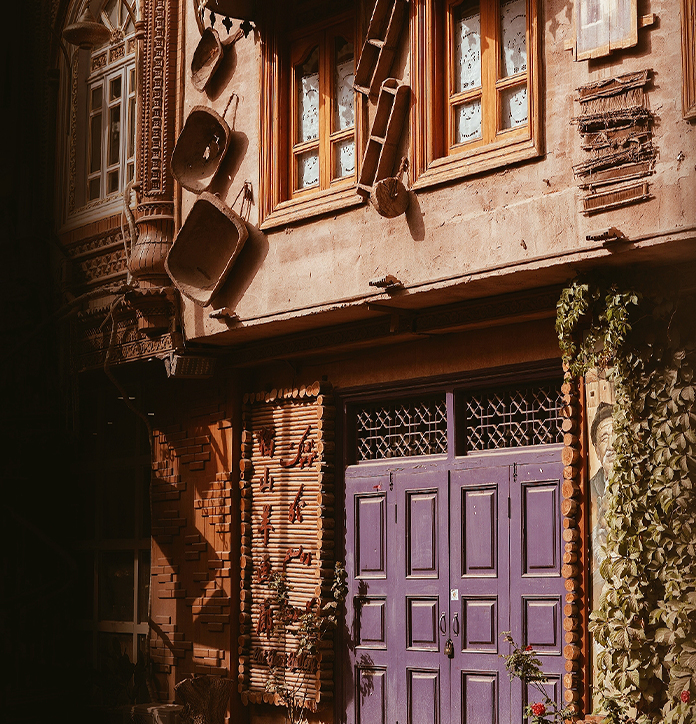
Hotan(Hétíán)Cultural Museum — A Chronicle of Time
The Hotan Cultural Museum is a place where the story of the Silk Road comes alive. Inside, you can see ancient artifacts that demonstrate the region's growth in trade and culture. Each display holds a piece of history that tells the story of how people once lived, worked, and traveled along this famous route.
Hotan was a significant hub for trade on the Silk Road. It was known for its fine jade, soft silk, and handmade carpets. These crafts made Hotan a meeting point for merchants from different lands. The museum shows how these skills shaped the city's rich past.
Guides take you through the halls and explain the meaning of each artifact. You will learn how these treasures connect to thousands of years of exchange between East and West. It is a quiet but powerful reminder of the creativity and craftsmanship that built the Silk Road's legacy.
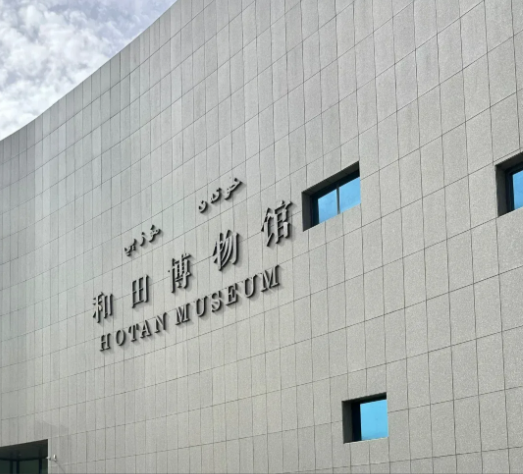
Etles Silk Mill & Hetian Handmade Carpet Factory
At the Etles Silk Mill, you can watch the traditional process of silk weaving. Skilled workers use simple tools to turn fine threads into colorful fabrics. The sound of the looms and the shine of the silk show how this craft has survived for centuries. It is a beautiful example of how patience and skill create lasting art.
The Hetian Handmade Carpet Factory is another place where tradition continues. Here, artisans weave carpets by hand, knot by knot. Nature, legends, and local culture inspire the patterns. These carpets were once made for kings and travelers who passed along the Silk Road.
Visiting these places provides a genuine glimpse into living heritage. You see how old crafts still bring pride and purpose to the people of Hotan. It is a simple yet powerful reminder of the artistry that connects the past to the present.
Jotkan Ancient City — Lost Kingdom of the Sands
The ancient city of Jotkan takes you deep into the history of the Silk Road. Guided by your travel ambassador, you walk through a place that once thrived with life and trade. Today, only its ruins remain, standing quietly under the wide desert sky.
As you explore, you can imagine how merchants, travelers, and craftsmen once filled these streets. The sand has covered much of the city, but its spirit still lives in the broken walls and scattered stones. Each piece tells a story of strength, culture, and time.
Jotkan is a reminder that great civilizations can rise and fade, yet their memories stay in the land. It is a calm, reflective stop that connects you with the true soul of the Silk Road.

Miran Ruins — The Heart of the Loulan Kingdom
The Miran Ruins are among the most well-preserved ancient sites in Xinjiang. Walking through them feels like stepping into another time. The walls and temples tell silent stories of a city that once linked distant worlds through trade and culture.
Miran was once part of the Loulan Kingdom, a place that stood at the meeting point of East and West. Traders, monks, and travelers passed through here carrying silk, spices, and ideas that shaped history. The remains of Buddhist temples and fortresses demonstrate how art and faith were intertwined in this desert city.
A visit to the Loulan Museum adds even more depth to the experience. It is the only museum in China dedicated to the Loulan civilization. Inside, you can see ancient relics, documents, and art that help you understand how life once flourished in this harsh but beautiful land.
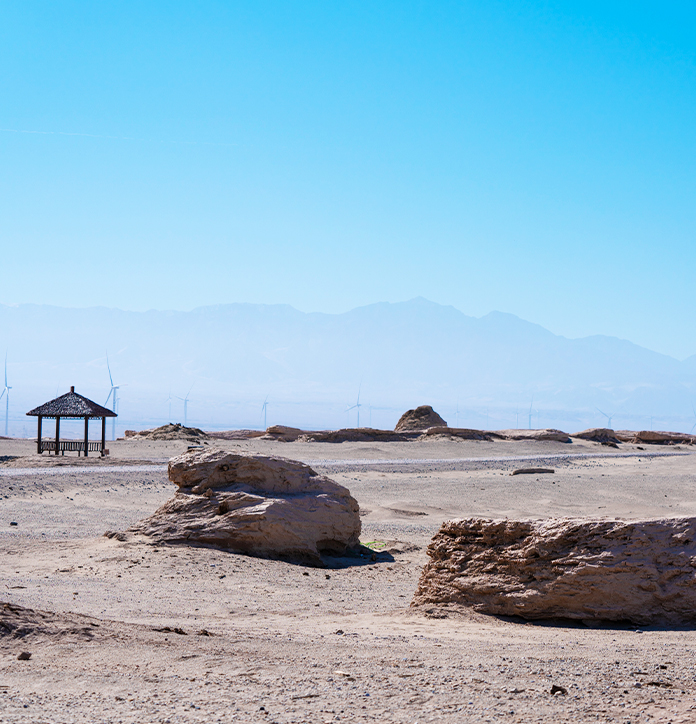
Loulan Museum — Echoes of an Ancient Empire
The Loulan Museum is a unique institution that preserves the memory of an ancient kingdom. Inside, you can see rare relics, old manus, and even well-preserved mummies that tell the story of Loulan's rise and fall. Each piece shows how people once lived in the heart of the desert, building a strong and creative culture.
The museum gives you a clear picture of how Loulan connected different regions along the Silk Road. It helps you understand how trade, art, and religion shaped life in these desert cities. Walking through its quiet halls feels like traveling through time, where every display shares a voice from a world long gone but never forgotten.

Tarim Populus Euphratica Forest Park — Nature's Golden Paradise
The Tarim Populus Euphratica Forest Park is a serene and beautiful place. It is home to the largest natural poplar forest in the world. These ancient trees are often referred to as living fossils because they have endured for millions of years. Their roots reach deep into the dry land, demonstrating how life persists even in the most arid places.
In autumn, the forest turns a golden color that shines under the soft sunlight. The leaves reflect on the still water, creating a scene that looks almost unreal. It is one of the most beautiful spots for photography and peaceful walks.
This forest provides a gentle respite from the history-filled stops along the Silk Road journey. Surrounded by nature, you can relax and feel the calm of the desert's edge before continuing your adventure.

Kizil Thousand-Buddha Caves — Sacred Art in Stone
The Kizil Thousand-Buddha Caves(Kizili Caves) are one of the oldest and most beautiful Buddhist cave sites in China. They feature colorful murals and stone carvings that were created over 1,500 years ago. Each image tells a story of faith, art, and devotion that has survived through centuries.
With the help of Silk Road experts, you can explore the Special Cave and learn about the meaning behind the paintings. The detailed artwork shows how Buddhism spread along the Silk Road, blending local and foreign styles into one powerful expression of belief.
Standing inside the caves, surrounded by calm and silence, you can feel the spirit of the ancient monks who once prayed here. It is a peaceful and inspiring stop that connects art, history, and faith in a truly unforgettable way.
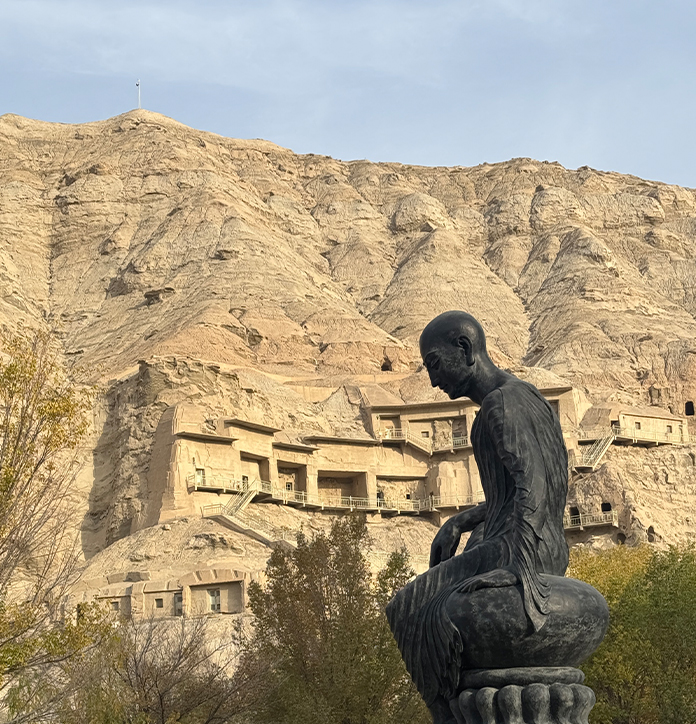
Karakul Lake — The Mirror of the Pamirs
Karakul Lake is one of the most breathtaking sights along the Silk Road journey. The drive to the lake takes you through winding mountain roads and open grasslands, leading to a peaceful world of blue water and white peaks.
The lake sits beneath the towering Muztagh Ata Mountain, whose snowy top reflects perfectly on the still surface of the water. On clear days, the scene looks like a painting where sky and earth meet. The green meadows surrounding the lake are dotted with white yurts, cows, and sheep, creating a picturesque scene of simple mountain life.
This is a place where silence speaks. The wind moves gently through the grass, and every view feels calm and timeless. Karakul Lake is a poetic stop that captures the beauty and peace of nature at the edge of the Pamirs.

Kumbum Monastery (Ta'er Temple) — Spiritual Jewel of Xining(Xīníng)
Kumbum Monastery(Ta'er Temple), also known as Ta'er Temple, is one of the most respected monasteries in Tibetan Buddhism. It stands near Xining and shines with art, peace, and devotion. The monastery is renowned for its exquisite yak butter sculptures, vibrant murals, and intricate barbola art crafted from clay and flowers. Each piece showcases the patience and faith of the monks who created it.
Walking through its courtyards, you can hear the sound of chanting and see rows of prayer flags waving in the wind. The air feels calm, filled with the scent of incense and the rhythm of tradition.
This sacred place is a fitting start or end to your Silk Road journey. It brings together the color, belief, and craftsmanship that define the spirit of this historic route.
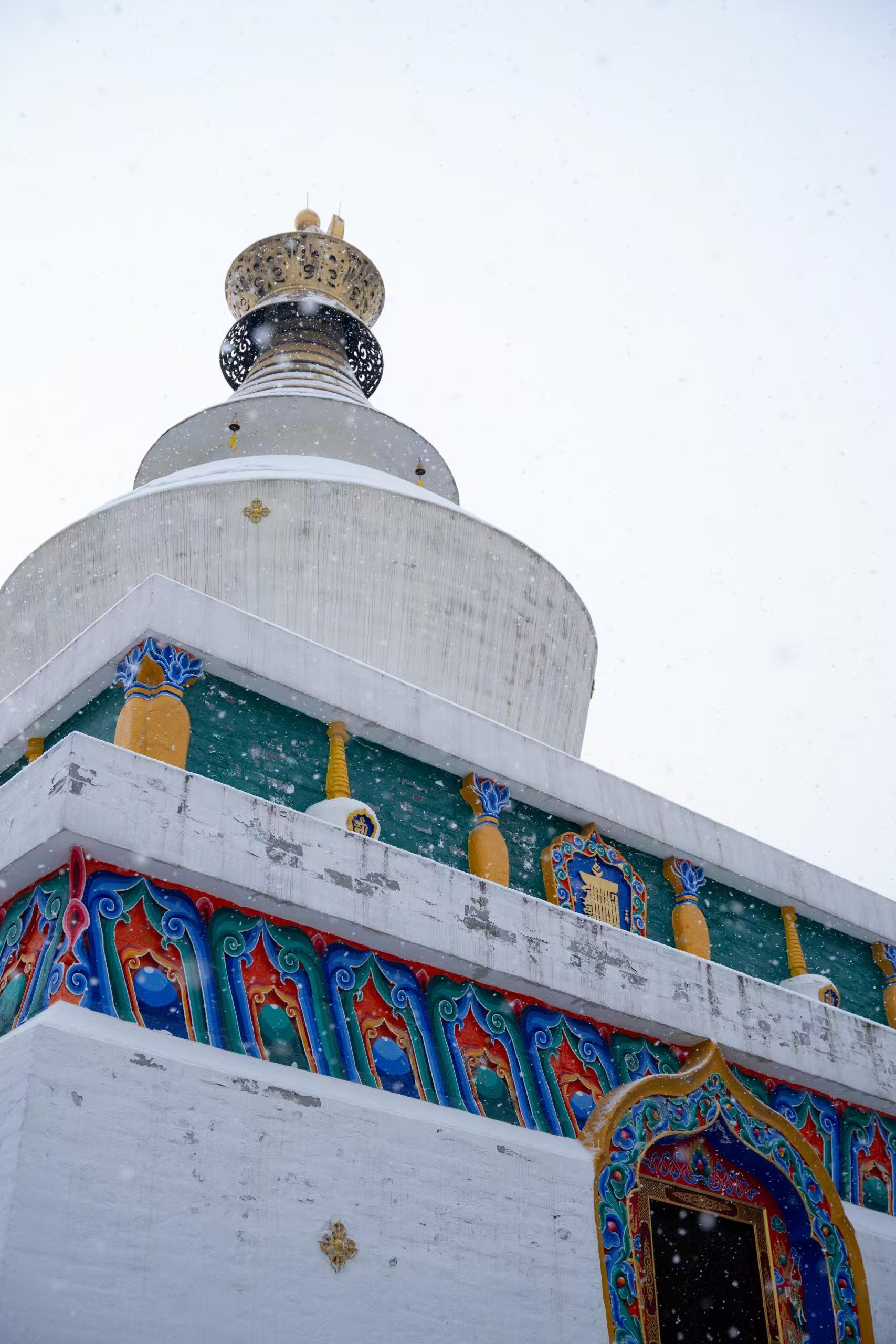
Conclusion
The Silk Road Express is more than a train ride as it tells a living story of history, art, and adventure. Each destination along the route has its own charm and significance, from the serene waters of Karakul Lake to the mystery of Loulan and the vibrant streets of Kashgar. This journey lets you see how people and cultures once met and shared ideas across distant lands. As the train passes through deserts, mountains, and ancient cities, you become part of the story yourself. The Silk Road journey is an experience that lingers long after it ends.








